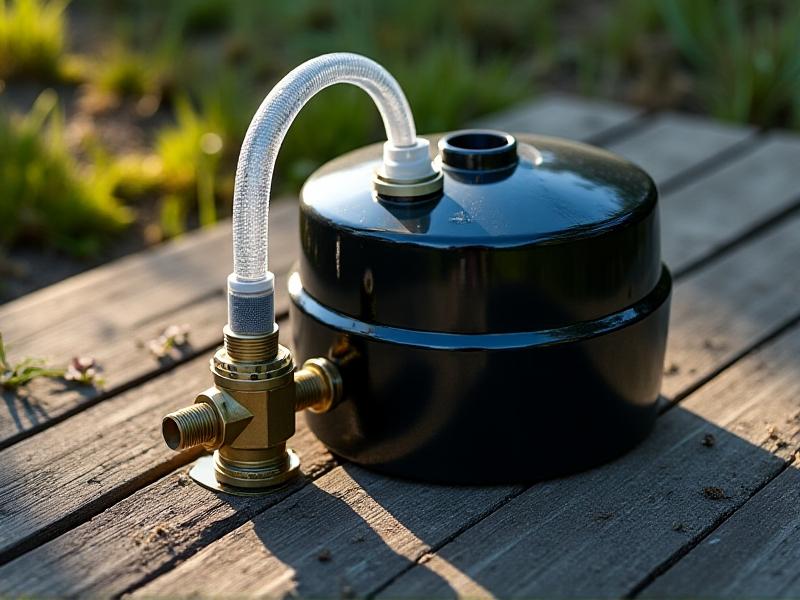Rainwater Collection Systems for Self-Sufficient Urban Coops
Introduction: The Role of Rainwater Harvesting in Urban Coops
Urban coops—small-scale agricultural spaces within cities—are transforming rooftops, balconies, and vacant lots into hubs of sustainability. As cities grapple with water scarcity and rising utility costs, rainwater collection systems emerge as a vital tool for fostering self-sufficiency. These systems not only reduce reliance on municipal water but also align with the ethos of resourcefulness central to urban farming. Imagine a rooftop garden where kale and tomatoes thrive on rainwater, or a chicken coop where hens drink from a supply untouched by chemical treatments. This vision is achievable through thoughtful design and community collaboration, turning every rainfall into an opportunity for resilience.

Why Rainwater? Environmental and Economic Benefits
Rainwater harvesting offers dual advantages: environmental stewardship and financial savings. Urban coops can reduce water bills by 30–50% annually, depending on local rainfall patterns. Environmentally, diverting rainwater reduces stormwater runoff, which often carries pollutants into rivers. For crops, rainwater’s neutral pH and lack of additives like chlorine promote healthier soil microbiomes. A study by the University of Melbourne found that gardens irrigated with rainwater yielded 20% more produce compared to those using treated water. These benefits make rainwater systems a cornerstone of eco-conscious urban agriculture.

Designing a System: From Roof to Root
Effective rainwater systems begin with understanding your coop’s layout. The roof acts as the primary catchment area—metal or tile roofs are ideal due to their minimal contamination risk. Gutters should slope toward downspouts connected to filtration units, which remove debris before water enters storage tanks. Placement matters: elevated tanks enable gravity-fed irrigation, while underground options save space. For small coops, a 500-gallon tank might suffice; larger operations may require interconnected tanks. Integrating a first-flush diverter ensures initial runoff (carrying pollutants) is discarded, maximizing water quality.

Essential Components: Building Blocks of Collection
A robust system includes six key components: catchment surfaces, gutters, filters, storage tanks, pumps, and distribution networks. Polyethylene tanks are lightweight and UV-resistant, while stainless steel filters offer durability. Mesh screens prevent leaves from entering the system, and submersible pumps are essential for pressurized irrigation. For distribution, drip lines or soaker hoses deliver water directly to plant roots, minimizing waste. Budget-conscious builders can repurpose food-grade barrels for storage, though commercial tanks often include warranties and NSF certification for safety.

Installation Tips: Avoiding Common Pitfalls
Begin by securing permits, as some cities regulate rainwater harvesting. Assemble gutters with a slight incline (1/4 inch per foot) to prevent pooling. Use silicone sealant at joints to avoid leaks. Position tanks on stable, level ground—concrete pads are ideal. When connecting irrigation, opt for a dual-system approach: link rainwater to drip lines and reserve municipal water for backup. Insulate pipes in colder climates to prevent freezing. Engage volunteers from the coop community to share labor costs and foster collective ownership.
Maintenance: Ensuring Long-Term Efficiency
Monthly checks prevent system failures. Clean gutters seasonally to remove debris, and inspect filters for clogs. Annually, scrub tanks with a non-toxic cleaner to eliminate algae. Test water quality if using it for livestock—simple kits check for pH and contaminants. In autumn, drain systems to avoid ice damage. Document maintenance schedules via shared calendars or apps like Trello to keep the community informed. Proactive care extends a system’s lifespan to 20+ years, maximizing return on investment.
Legal Landscape: Navigating Regulations
Rainwater laws vary widely. In Colorado, prior restrictions have loosened, allowing up to 110 gallons for residential use. Tucson offers tax incentives for rainwater systems, while parts of Australia mandate harvesting for new builds. Always consult local building codes—some require backflow prevention devices to protect municipal supplies. Homeowner associations (HOAs) may impose aesthetic rules; camouflage tanks with vertical gardens or decorative screens. Legal compliance ensures systems remain both functional and dispute-free.
Case Study: A Coop’s Journey in Portland
Portland’s Cully Neighborhood Farm transformed a vacant lot into a food forest irrigated entirely by rainwater. Their 1,200-gallon system collects water from a barn roof, with sand filters purifying water for fruit trees and chickens. The coop saves $800 annually, funds redirected into educational workshops. Challenges included initial mold in hoses—solved by switching to food-grade materials. Their success inspired five neighboring coops to adopt similar systems, creating a ripple effect in the community.
Community Engagement: Education and Shared Resources
Workshops demystify rainwater harvesting. Host build-along events where participants assemble mini systems to take home. Tool-lending libraries reduce costs for low-income members—Portland’s tool library reports 300+ rainwater kits borrowed yearly. Partner with schools to integrate systems into STEM curricula, fostering youth involvement. Shared responsibility models, where members alternate maintenance duties, strengthen communal bonds while ensuring system longevity.
Innovations on the Horizon: Smart Systems and AI
Emerging technologies are revolutionizing rainwater management. Smart tanks with IoT sensors send real-time data on water levels and quality to smartphones. AI algorithms predict rainfall patterns, optimizing irrigation schedules. Companies like FarmBot integrate rainwater systems with automated gardening robots. Meanwhile, modular designs allow coops to expand capacity incrementally. These innovations promise to make rainwater harvesting more accessible, efficient, and integral to urban resilience strategies.








